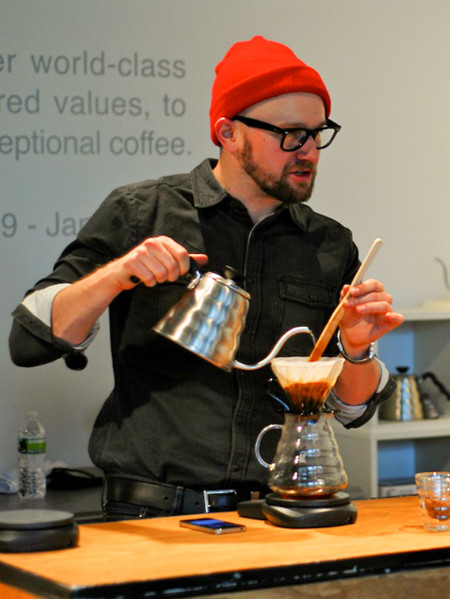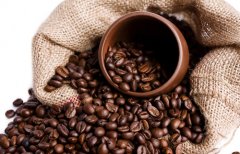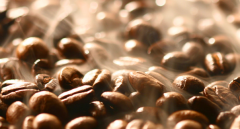The difference between American hand brewing and Japanese hand brewing how do you make American hand brewed coffee? How to make Japanese coffee

There is a difference between American and Japanese. Although American and Japanese may both make the same filter cup, there are some differences in roasting, grinding, filter paper, water temperature and technique of coffee beans.
The biggest difference is that American hand brewing needs to stir the coffee powder with a stirring rod while brewing, some of which are like the stirring method of our siphon pot; while Japanese, Korean, Taiwan and domestic hand brewing coffee only uses water to draw circles, never stirring the coffee powder with a stirring rod or bamboo.
The typical American flavor is mainly medium and deep baked, rich + mild bitter + sweet. Both bitter and sweet personality. Grind in the middle of baking, the water temperature is between 80-85 degrees, and the water speed is medium. Deep roast is finely ground, the water temperature is between 85-90 degrees, the fine water is slowly brewed, and the bitterness is heavier. Americans often drink a cup in the morning in order to wake up quickly, also known as "dawn coffee."
Light baking and medium baking + coarse grinding, 85-90 degrees fast punching method is the preferred method of the oriental nation, pay attention to and pursue sour and bitter balance.
The so-called American or Japanese is only roughly so, must not be absolute, American also have shallow baking and fast punching method, Japan and South Korea also have deep baking slow punching method.
Another problem is that follicular and trickling (or trickling is more accurate) are more confusing.
What is the meaning of this phrase? It is the Melita small hole filter cup, its filter cup hole is very small, whether it is a hole or three holes, its drip speed is slow, coffee powder is actually fully soaked by hot water of a certain temperature, so medium and deep baking is better.
What is called "drip"? V60 and other large hole conical filter cup, flannel, Swiss gold and other metal filters can be summarized as dripping type, their common feature is that the lower hole is large and smooth, the speed of dripping is determined by the speed of the operator's water injection, so no matter what kind of baking can be adapted.
Important Notice :
前街咖啡 FrontStreet Coffee has moved to new addredd:
FrontStreet Coffee Address: 315,Donghua East Road,GuangZhou
Tel:020 38364473
- Prev

Analysis of the three roasting processes: drying, high temperature decomposition and cooling coffee roasting
Newly imported coffee beans usually contain about 12% moisture, and when the coffee beans are roasted at a high baking temperature from 500 to 800 degrees Fahrenheit, when the coffee beans heat up, the water evaporates. Most of the moisture is released in the first few minutes of the baking process, although the baking time in the United States is usually about 15 minutes, which may be 5 minutes or as long as an hour. At 8
- Next

Patent technology to increase the content of polyphenols in roasted coffee beans how to process coffee beans correctly
The technology includes two processing steps: the first step is to use water extraction technology to extract and dissolve the polyphenols in raw coffee beans, and the second step is to roast the coffee beans with excessive polyphenols in almost vacuum. Spray high concentration of polyphenols aqueous solution before ending baking, thus greatly increasing the polyphenols in roasted coffee beans.
Related
- Beginners will see the "Coffee pull flower" guide!
- What is the difference between ice blog purified milk and ordinary milk coffee?
- Why is the Philippines the largest producer of crops in Liberia?
- For coffee extraction, should the fine powder be retained?
- How does extracted espresso fill pressed powder? How much strength does it take to press the powder?
- How to make jasmine cold extract coffee? Is the jasmine + latte good?
- Will this little toy really make the coffee taste better? How does Lily Drip affect coffee extraction?
- Will the action of slapping the filter cup also affect coffee extraction?
- What's the difference between powder-to-water ratio and powder-to-liquid ratio?
- What is the Ethiopian local species? What does it have to do with Heirloom native species?

